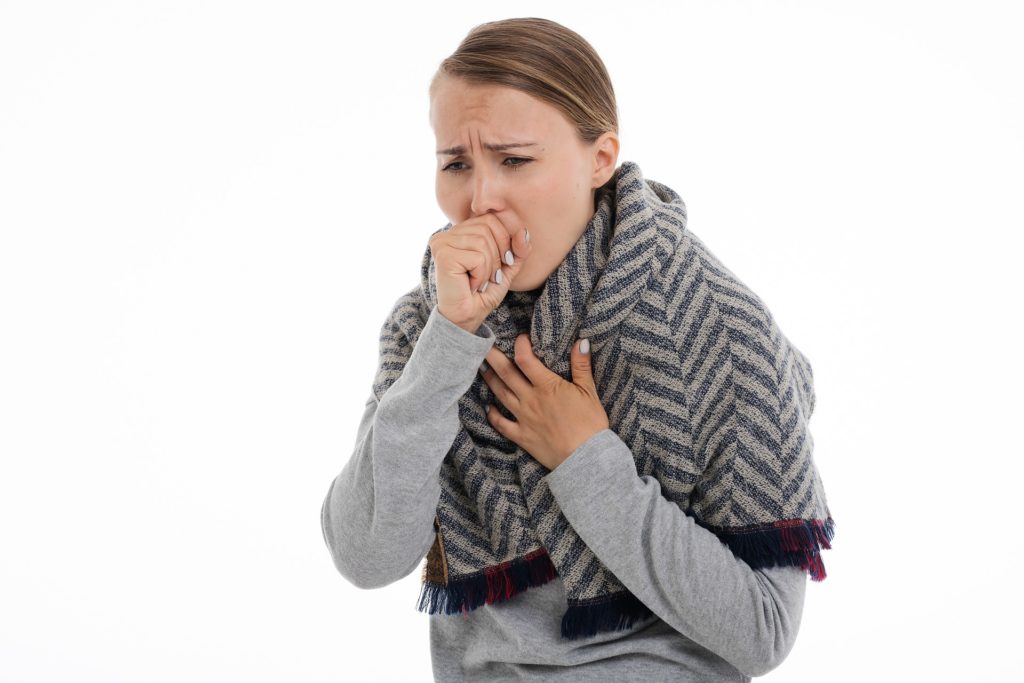The Minister of Health has announced that the recommended isolation period for COVID-19 has been reduced from 14 to 10 days.
This change is on the condition that the person does not have a fever by the tenth day and that their symptoms, if they had any, have improved over this time.
“These guidelines apply to healthcare workers too and are implemented with immediate effect,” said Mkhize in a subsequent tweet.
These guidelines have been provided to the South African government by the World Health Organisation. The Ministerial Advisory Committee also submitted an advisory, which considered analysis to produce the proposal for an 8 day isolation. However, the government has opted to adopt the WHO guidelines.
The new recommended isolation period is now 10 days. #10DaysIsolation pic.twitter.com/gUlURSrOKp
— Dr Zweli Mkhize (@DrZweliMkhize) July 17, 2020
In an interview with Newzroom Afrika, Mkhize said that most patients with mild COVID-19 infection continue to shed the virus upper airways from 7-12 days. He impressed that the presence of detectable virus does not necessarily imply infectiousness.
“It has been proven that in mild cases, virus cultures are only positive for 8-9 days after the symptoms onset.”
For severe disease, requiring clinical stability, they may shed the virus for longer periods at higher volumes than those with mild disease. To provide a buffer, these patients can be released from isolation 10 days after clinical stability has been achieved.
So if a patient was placed on oxygen, once this is stopped they should remain in isolation for another 10 days.
Mkhize noted that asymptomatic patients present a challenge a it is hard to tell where in their viral shedding they are when they test positive. “We therefore advise that an asymptomatic patient must remain in isolation for a period of 10 days following the date of their positive result.”
In addition, patients no longer need a second test once they have completed their isolation period and they are not showing symptoms.
A second test is not needed after testing positive and having completed your isolation period. If you’re not showing any symptoms after 10 days the virus is not active enough to spread. But if you have servere symptoms, that must be treated. pic.twitter.com/iw81TR2Zgf
— Dr Zweli Mkhize (@DrZweliMkhize) July 17, 2020
Mkhize also explained a new system where anyone who suspects they are sick with the virus can check their symptoms via WhatsApp or USSD.
Anybody who suspects they may have #COVID19 can check their symptoms via WhatsApp or USSD with #COVIDConnect. Here’s how. pic.twitter.com/M841JYt8y5
— Dr Zweli Mkhize (@DrZweliMkhize) July 17, 2020
This COVIDConnect system also helps you check if you’ve got symptoms after being alerted that you’ve been in contact with an infectious person.
Got a message saying you came into contact with someone who tested positive for #COVID19? #COVIDConnect let’s you do a simple screening for symptoms and offers advice on whether you should self-isolate or go for a test. pic.twitter.com/R4YADlp6J6
— Dr Zweli Mkhize (@DrZweliMkhize) July 17, 2020
You can also receive your test results through the service.
Provide your correct information to your healthcare worker when testing for #COVID19 and you can receive your test results on your cellphone with #COVIDConnect pic.twitter.com/XZKwSh7wx2
— Dr Zweli Mkhize (@DrZweliMkhize) July 17, 2020
Picture: Pixabay






